Enzo Biochem v. Gen-Probe (Fed. Cir. 2005).

In June 1982/83, Enzo and Ortho Diagnostics entered into a joint research that specifically focused on the gonorrhea probe. In 1984 Enzo supplied Ortho a probe like that claimed. However, it was not until 1986 that Enzo filed its patent application. The district court found the transfer to be an invalidating sale and awarded summary judgment of invalidity.
On appeal, the CAFC reviewed the two prong Pfaff test for application of the on sale bar:
- Subject to a commercial offer for sale; and
- Invention ready for patenting.
Offer for sale: Taking the two elements in turn, the appellate panel first found that the research agreement “created the necessary contractual obligations” to be considered a commercial offer for sale. Specifically, the court pointed to the following language in the agreement:
ENZO shall supply to ORTHO and ORTHO shall purchase from ENZO for use in Licensed Products no less than ninety percent (90%) of ORTHO’s United States requirements or seventy-five percent (75%) of ORTHO’s worldwide requirements of Active Ingredients. . . .
Ready for Patenting: Because the invention had been reduced to practice and its utility as a gonorrhea probe had been recognized, the court also determined that the invention was “ready for patenting.”
Method Claim: The CAFC found that the method claims were put “on sale” by including instructions for use with the probe.
Summary judgment of invalidity affirmed.
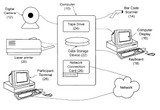 eBay v. MercExchange (on petition for certiorari).
eBay v. MercExchange (on petition for certiorari). 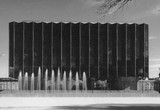 The Court of Appeals for the Federal Circuit (CAFC) has announced that it will be “Sitting in Chicago, Illinois” for the week of November 8, 2005 — providing a great opportunity for students and practitioners who rarely get to see the CAFC in action.
The Court of Appeals for the Federal Circuit (CAFC) has announced that it will be “Sitting in Chicago, Illinois” for the week of November 8, 2005 — providing a great opportunity for students and practitioners who rarely get to see the CAFC in action.  International Rectifier v. Samsung & IXYS (Fed. Cir. 2005)
International Rectifier v. Samsung & IXYS (Fed. Cir. 2005)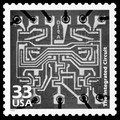 Altera v. Clear Logic (9th Cir. 2005).
Altera v. Clear Logic (9th Cir. 2005). 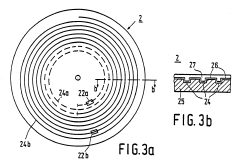 U.S. Philips v. International Trade Commission (Fed. Cir. 2005)
U.S. Philips v. International Trade Commission (Fed. Cir. 2005) CytoLogix v. Ventana (Fed. Cir. 2005).
CytoLogix v. Ventana (Fed. Cir. 2005). 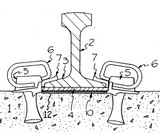 Pandrol v. Airboss Railway (Fed. Cir. 2005).
Pandrol v. Airboss Railway (Fed. Cir. 2005).
 Free Motion Fitness v. Cybex (Fed. Cir. 2005).
Free Motion Fitness v. Cybex (Fed. Cir. 2005). 